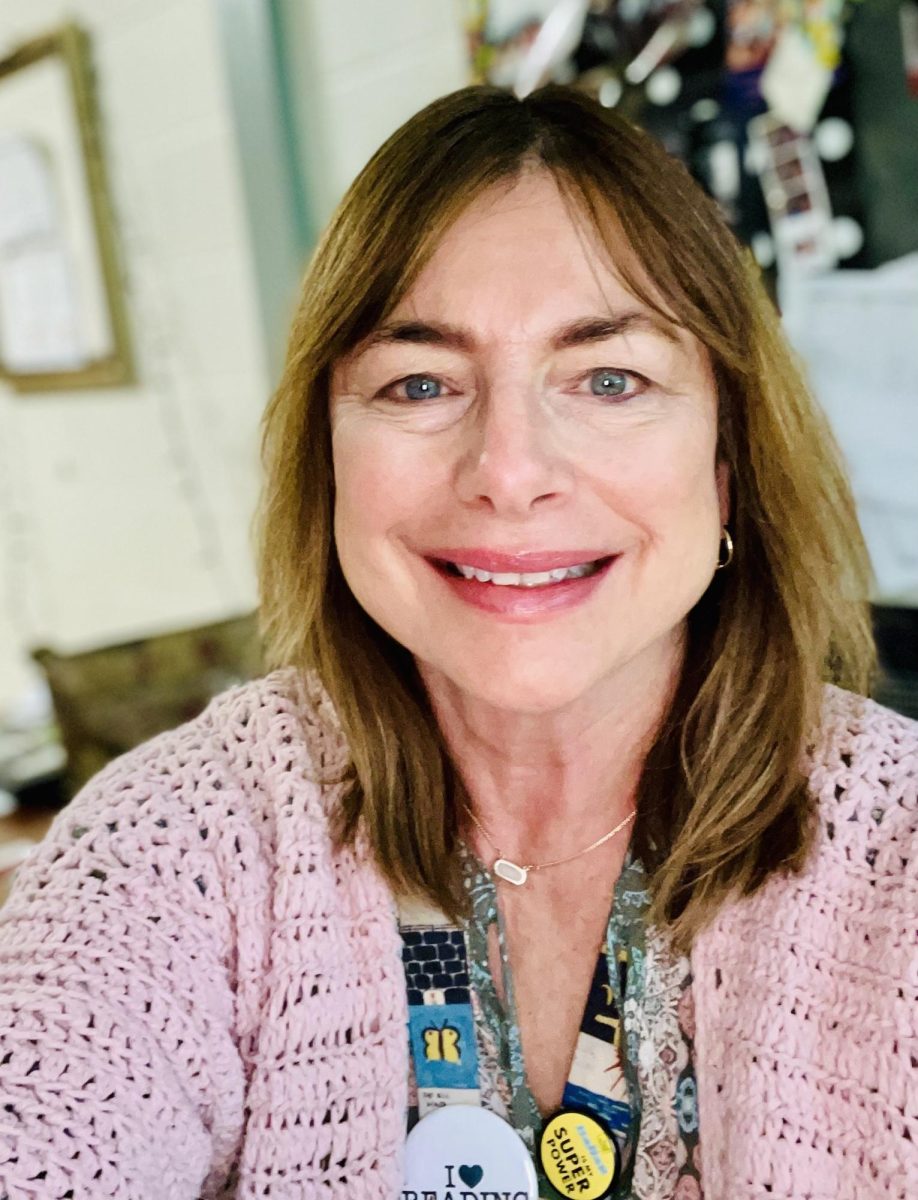[masterslider id=”13″]
By Lauren Reiss
Research stocks. Compare with a list of specific criteria. Use quantitative data to determine the risk. Decide which to buy. Decide which to sell. Decide which to neglect. Change criteria when appropriate. Repeat.
What seems like a day in the life of a stock market analyst is actually not a day in the life of an analyst at all—it is rather a day in the life of a program coded by junior Shrinath Viswanathan for the 2016 DECA Stock Market Game, which began on Sept. 8 and ended on Dec. 18. Stock Market Game participants were allotted $100,000 in virtual money at the competition’s commencement, and the 25 teams who invested most successfully and earned the most money will receive their awards at the DECA International Career and Development Conference in late April.
“I believe that having coded my own software gave my team a significant edge over other competitors,” said Viswanathan. At one point during the competition, the team ranked in the top ten, but ultimately, the juniors did not qualify for the DECA International Career and Development Conference.
Viswanathan said that although his risky investments led to his downfall in the end, the program he created for the Stock Market Game is not at fault. “The program is especially useful in identifying stocks that spike or crash in the short term. This was extremely helpful in determining which stocks to buy and sell, but when I was in the top ten, I should have stopped the risky trades.” While his decisions kept him from winning this competition, the program’s predictions proved accurate 80% of the time—a win in itself.
Viswanathan enhanced his coding skills by taking year-round classes, so this year, he decided to bring the opportunity to learn code to other students. Together with juniors Josephine Zheng and Aram Baghdassarian, Viswanathan brought to South “The Hour of Code,” an international movement that is bringing one-hour coding tutorials to over 180 countries around the world. They discovered the tutorials online and decided to conduct events on Dec. 7 and 9 with the help of the new math and programming teacher, Ms. Andrea Zinn. Zheng explained, “[The Hour of Code] demystifies the stigma associated with code and inspires people to explore their interests, no matter their gender, race, age, and academic background.” By introducing The Hour of Code to South, Baghdassarian, Viswanathan, and Zheng have encouraged a variety of students to learn simple coding concepts and skills that they may apply in the classroom today and in the workplace tomorrow.
The demand for coding is on the rise, and the demand for students knowledgeable in coding is consequently growing. Baghdassarian said, “The inanimate things people spend the most time with—their phones, Facebook, video games—are all made with code.” Thus, he feels that people must strive to gain an understanding of how code works, and The Hour of Code is a vital instrument in fostering such understanding.
Viswanathan added, “As technology becomes more and more present in our lives and in all industries, we need people who understand computers and programming to further that development.”






